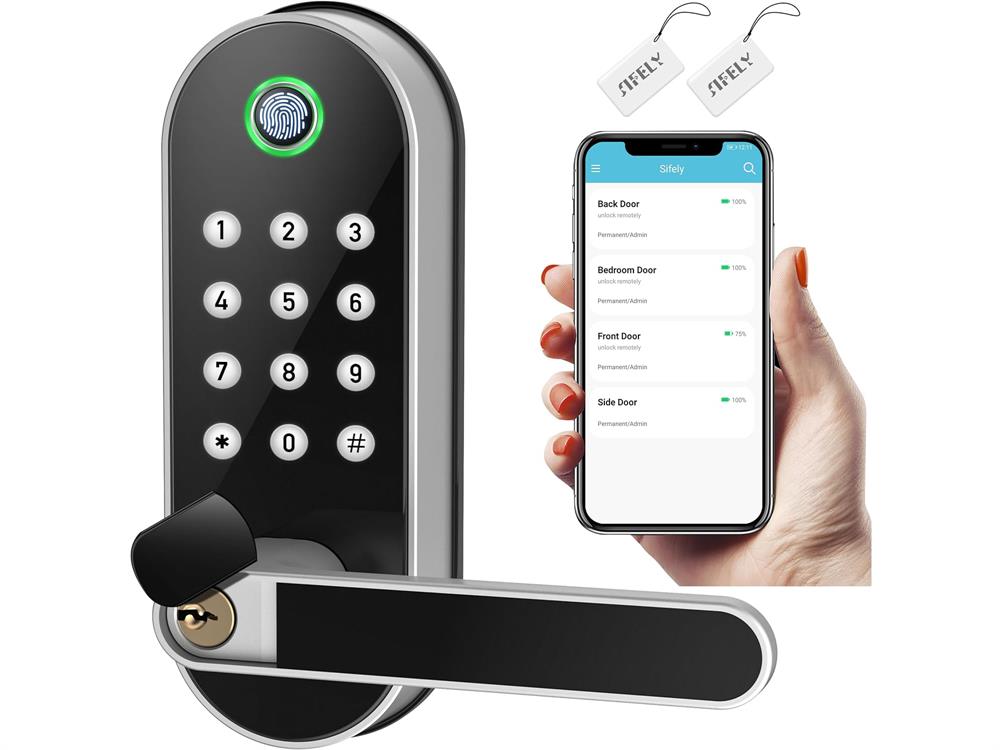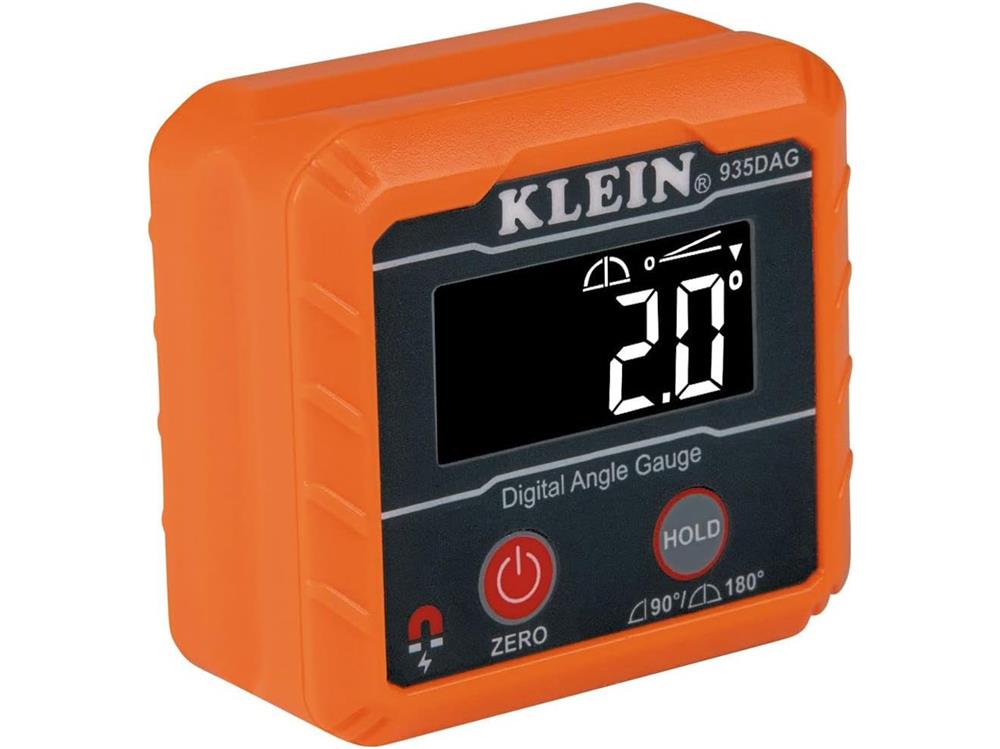In our membrane switch design, we need to integrate the user interface and functional requirements with the various components used in membrane switch design. Additionally, we must consider the design cost factors in order to develop customized and suitable membrane switches for our customers.
Throughout the design process, we consider the following main factors from start to finish
What needs to be prepared - production drawings, electronic files, etc.
Considerations for Overlays - Include materials, printing, display windows, and embossing.
Circuit Considerations - Includes production options and circuit diagrams.
This sentence is already in standard English.
Lighting considerations include fiber optics, electroluminescent lamps (EL lamps), and light-emitting diodes (LEDs).
Electrical specifications - Includes application-specific drivers and design considerations.
Shielding Options - Includes Membrane Switch Backplane Considerations.
Complete User Interface Design Graphic Art.
Membrane switches can be designed in a variety of structural forms to meet different application needs and functional requirements. Below, we list some of our commonly used structures and their advantages:
1. Planar structure:
The simple design, with a flat overall structure, is suitable for applications that require light-touch operation on a surface, such as operating panels or control panels for electronic equipment.
2. Adoption of a concave-convex structure:
The design features uneven or raised areas on the membrane. The user presses the raised area to trigger the switch operation. This design can enhance the operational feel and precision of the key.
3. Single-layer membrane switch structure:
In its simplest form of construction, it consists of a single layer of film material coated with conductive ink to create a conductive pattern. By applying pressure at a specific location, an electrical connection is established between the areas of the conductive pattern to enable the switching function.
4. Double-layer membrane switch structure:
The product consists of two layers of film material, with one layer serving as a conductive layer and the other as an insulating layer. When the two layers of film come into contact and are separated, an electrical connection is established through the application of pressure, allowing for switching operations.
5. Multi-layer membrane switch structure:
Containing multiple thin-film layers, the combination of conductive and insulating layers can take many different forms. The design between the different layers allows for complex switching functions and improves the reliability and stability of the switch.
6. Tactile structure:
Design responsive tactile layers, such as special silicone membranes or elastomeric materials, that provide significant tactile feedback when pressed by the user, enhancing the user's operating experience.
7. Waterproof and dustproof construction:
A waterproof and dustproof sealing layer design has been added to protect the internal circuitry of the membrane switch from external moisture and dust, enhancing the reliability and service life of the switch.
8. Backlit structure:
Designed with a light-transmissive film structure and combined with an LED light source, this product achieves a backlighting effect. It is suitable for applications that require operation or display in a dimly lit environment.
9. Programmable Integrated Circuit Architecture:
The integration of programmable circuits or chip modules enables membrane switches to meet customized functionality and control requirements for specific application scenarios and complex control systems.
10. Perforated metal membrane structure:
This technology utilizes a metal film or foil as the conductive layer, with the conductive connection established through welding via perforations in the film. It is commonly employed in switching applications that require the ability to withstand higher currents and frequencies.
The design structure of membrane switches is commonly used, but the specific design may vary depending on the application requirements, working environment, and functional needs. Selecting the appropriate membrane switch structure can address various application scenarios and ensure stable performance and reliability.





